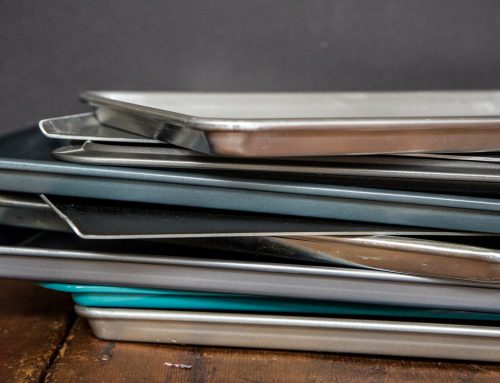Live Your Best Life: How Rightsizing Can Change the Next Chapter of Your Life
What is Rightsizing?
- A life that is neither too full or too empty of possessions, activities, and relationships
- A home that is the right size for your lifestyle and abilities
- Being surrounded by belongings that you love and being able to enjoy them because they are properly cared for, displayed, and/or easily accessible.
Why is Rightsizing Important?
- An environment that has been “rightsized” allows you to age in the best environment possible for your health and your happiness
- Keeps you in control
- It is a gift to your heirs and loved ones
- It is a gift to yourself!
What should I do with all this stuff?
- Sell it. Have a garage sale on your own, or hire an estate sale company or auction company to sell it for you.
- Give it to a friend or relative. Perhaps you have a young relative just setting up their first home – they would likely appreciate some old furniture or kitchen items. If your sister has always admired your collection of records, now might be the time to pack them up and send them to her for her birthday.
- Donate it. Goodwill, The City Mission, Salvation Army, and so many more charities exist that would love to have your unwanted, sellable items.
- Toss it. If you don’t think an item would be wanted by a charity, you can set it out for the trash collector. Set it out 24 hours before collection and one of your neighbors driving by may pick it up and find a use for it!
- Give it away to a stranger. List the item for “free” on www.Craigslist.com and have the buyer come and get it. This is a great solution for getting rid of unwanted furniture that you don’t want to have to move yourself.





